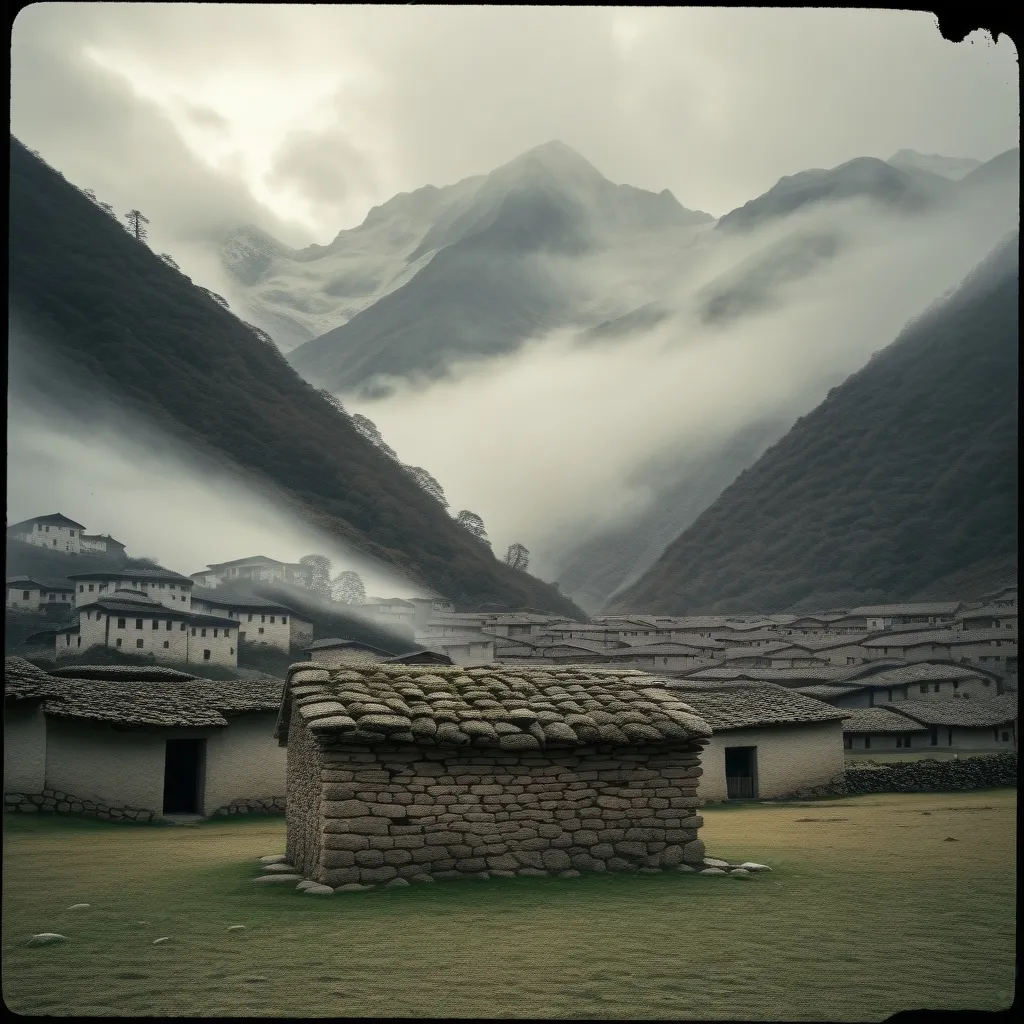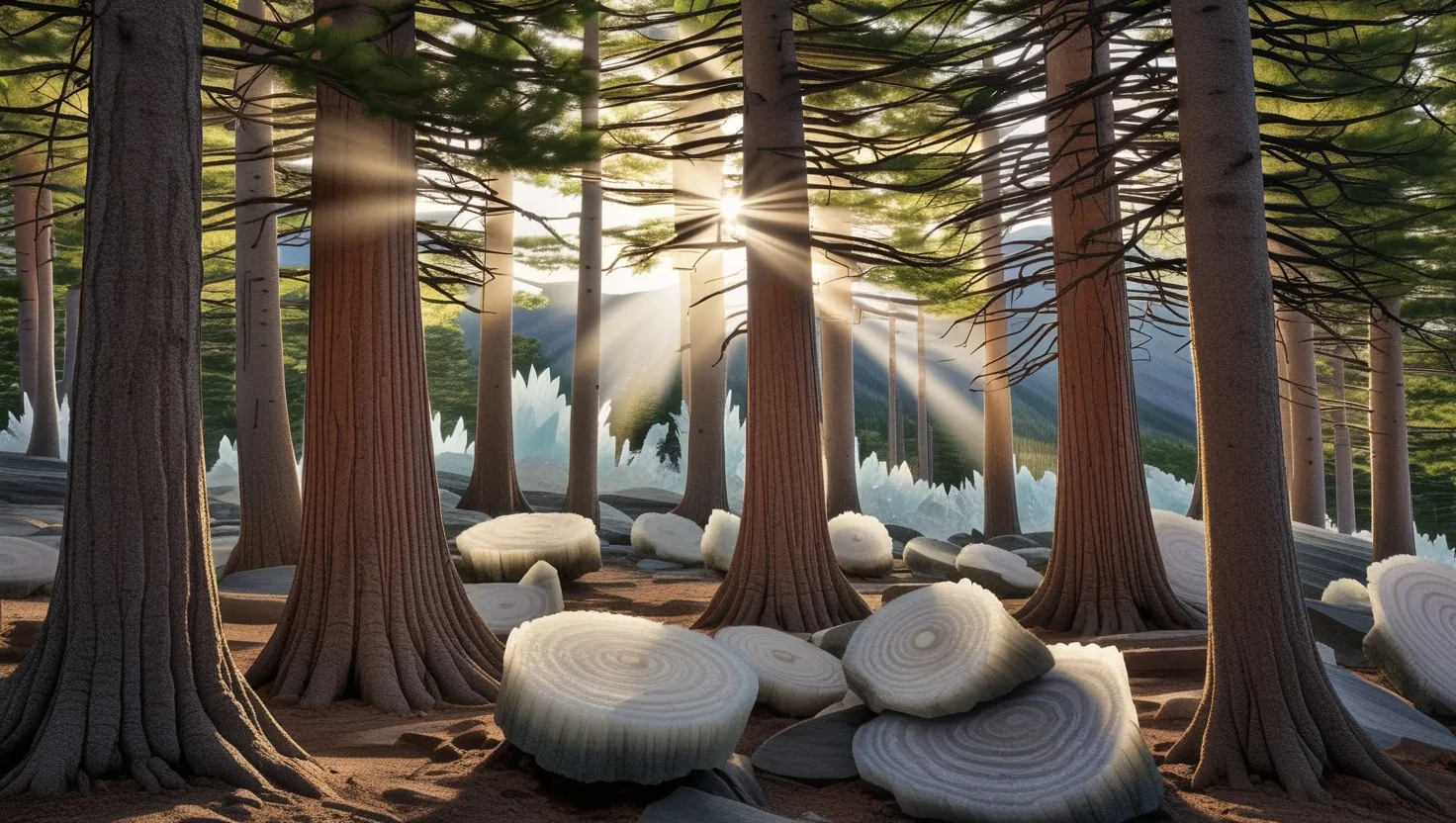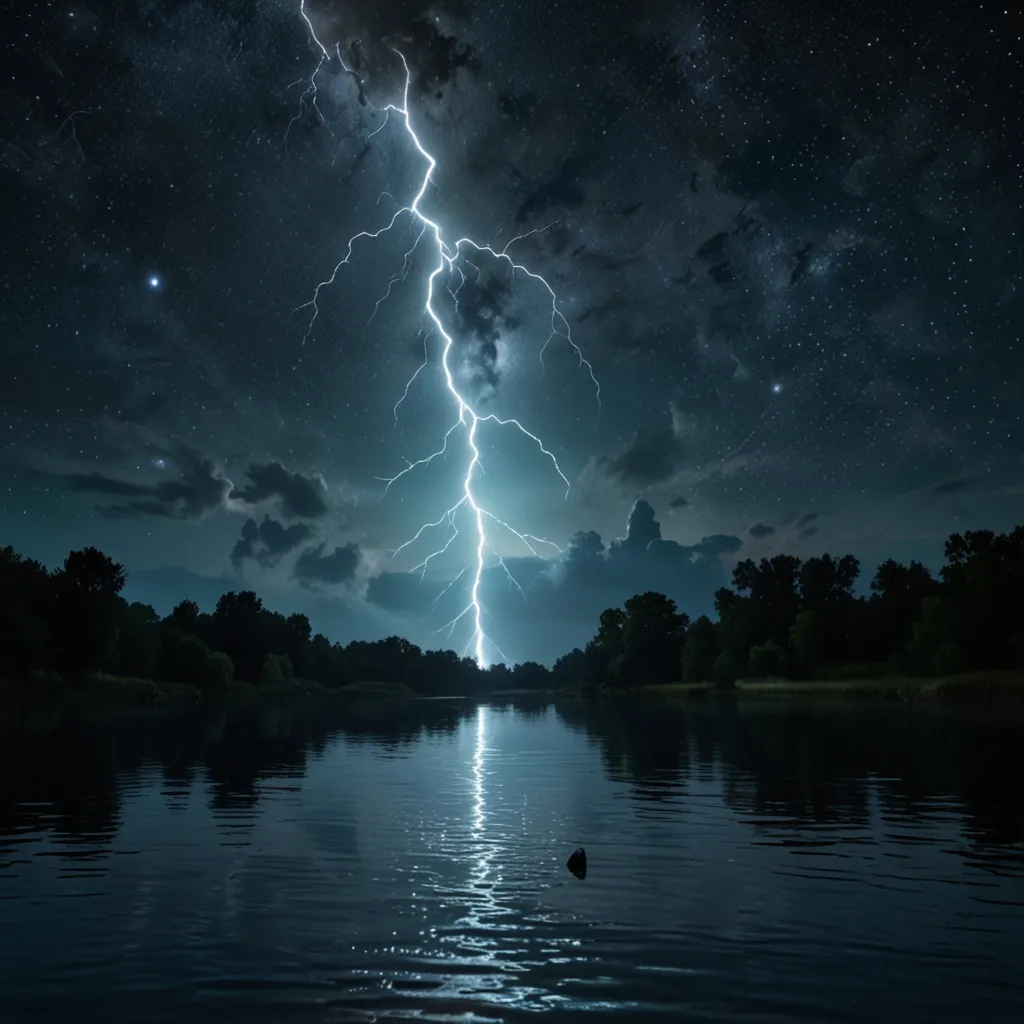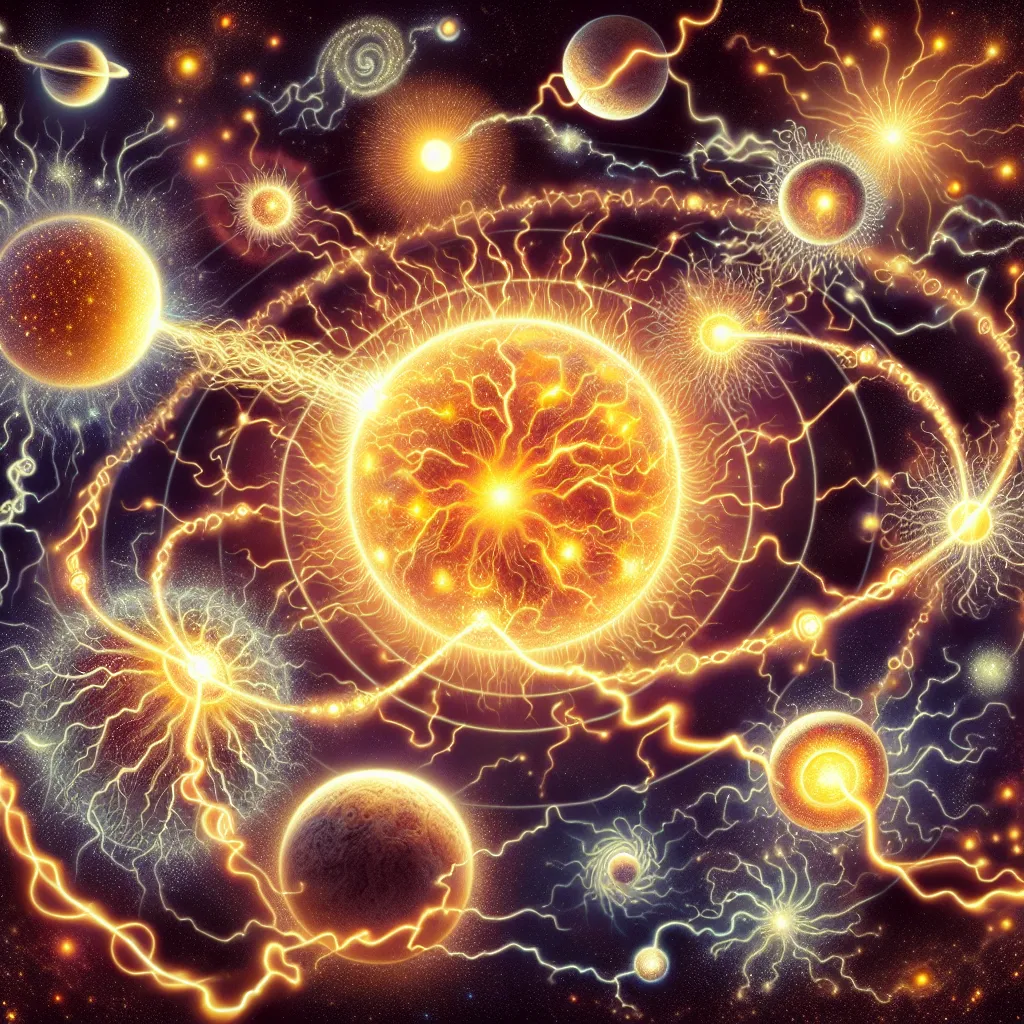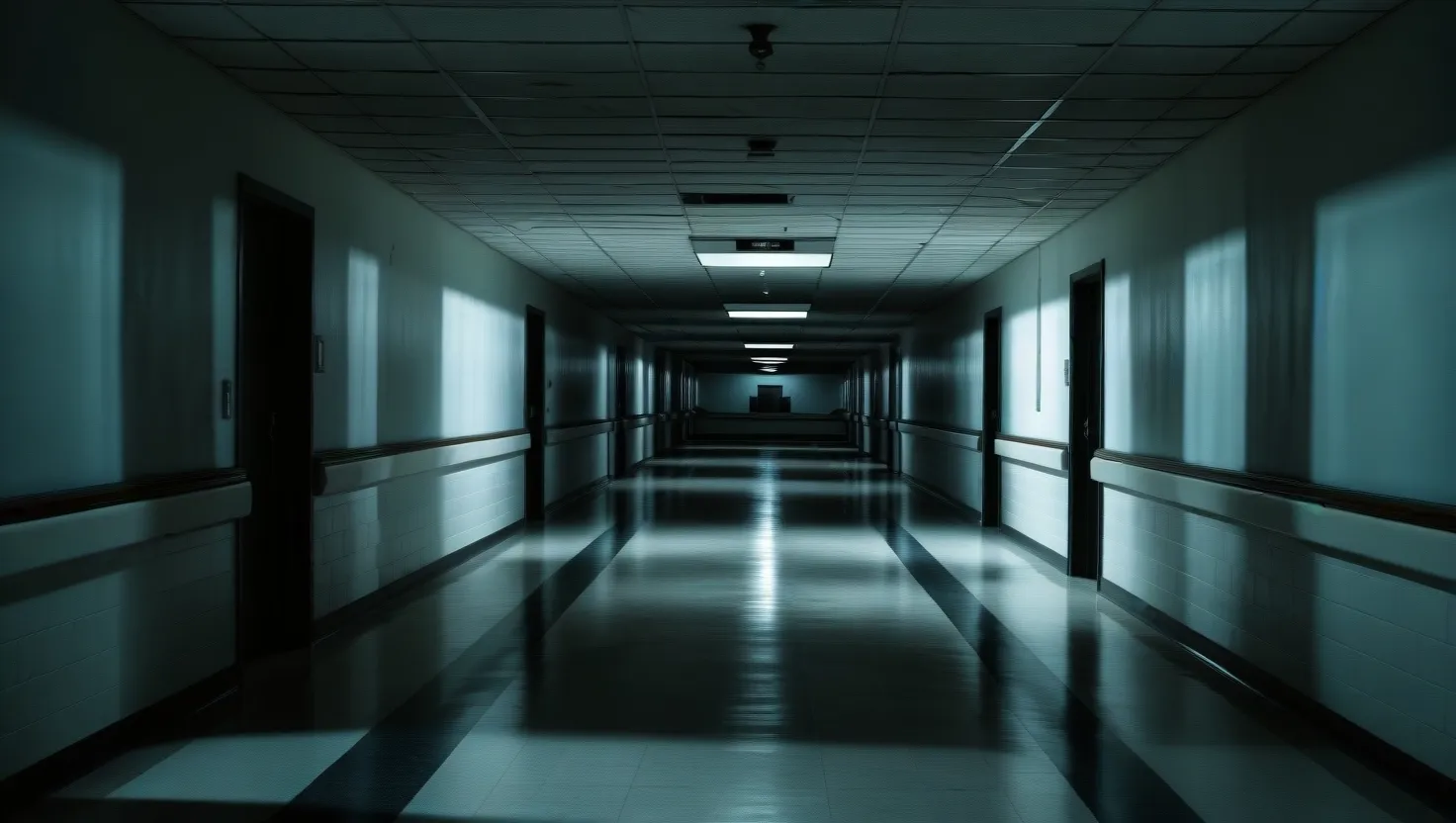The Mummies of San Bernardo: Nature’s Enigmatic Preservation
Nestled in the Andean mountains of Colombia, the small town of San Bernardo holds a secret that has puzzled scientists and fascinated visitors for decades. It’s not the breathtaking mountain views or the quaint local culture that draws attention, but rather what happens after the townspeople pass away. In San Bernardo, the dead don’t decompose - they mummify naturally.
Imagine walking into a museum and coming face-to-face with perfectly preserved bodies, their features still recognizable, their clothes intact. This isn’t an ancient Egyptian tomb or a carefully curated exhibit. These are the residents of San Bernardo, transformed by some mysterious natural process into mummies without any human intervention.
The phenomenon first came to light when the local cemetery needed expansion. As graves were exhumed, workers were stunned to find bodies in an remarkable state of preservation. Instead of the expected skeletal remains, they discovered mummies with skin, hair, and even clothing still intact. It was as if time had simply stopped for these individuals.
What makes this even more intriguing is that no one really knows why this happens. Scientists have been scratching their heads trying to unravel the mystery of San Bernardo’s mummies for years. They’ve looked at the soil composition, studied the climate, and analyzed the bodies themselves, but a definitive answer remains elusive.
One theory points to the unique environmental conditions of the area. San Bernardo sits at a high altitude where the air is dry and cool. This climate could potentially slow down the decomposition process. The soil, too, might play a role. Some researchers believe it contains special properties that contribute to the mummification.
But these explanations don’t fully account for the exceptional preservation seen in San Bernardo. After all, there are plenty of high-altitude, dry places in the world where bodies decompose normally. So what makes this Colombian town special?
Some locals have their own theories. There’s talk of special energies or spiritual forces at work. While these ideas might raise eyebrows in scientific circles, they reflect the profound impact this phenomenon has had on the community.
The mummies have become an integral part of San Bernardo’s identity. A museum has been set up to house some of the bodies, turning the town into an unlikely tourist destination. Visitors from around the world come to see this natural wonder and ponder the mysteries of life and death.
For the families of the deceased, the mummies present a unique situation. Some find comfort in the idea that their loved ones are preserved, almost as if they’re still present in some form. Others struggle with the concept, finding it difficult to achieve closure when confronted with such lifelike remains.
The ethical implications of displaying these mummies have been a topic of debate. While some argue that it’s disrespectful to the dead, others see it as a way of honoring and remembering the town’s history. The museum tries to strike a balance, treating the mummies with respect while also satisfying scientific and public curiosity.
From a scientific perspective, the San Bernardo mummies are a goldmine of information. They offer a unique opportunity to study the process of decay - or in this case, the lack thereof. Researchers have been able to examine the mummies’ internal organs, analyze their DNA, and even study the clothing and personal effects buried with them.
This research could have far-reaching implications. Understanding the factors that prevent decomposition could lead to advancements in forensic science, helping investigators better determine time of death in criminal cases. It could also provide insights into new methods of preservation, potentially benefiting fields like organ transplantation or food storage.
The mummies have also attracted attention from the world of archaeology. While most archaeological mummies are thousands of years old, the San Bernardo mummies are relatively recent, providing a unique perspective on life in rural Colombia over the past century.
But perhaps the most profound impact of the San Bernardo mummies is philosophical. They force us to confront our own mortality in a very tangible way. Seeing these preserved bodies, still recognizably human after death, raises questions about the nature of life, death, and what it means to be remembered.
It’s a reminder that even in death, we leave a mark on the world. The mummies of San Bernardo continue to tell their stories long after their lives have ended. They speak of a time and place, of the people they were and the community they belonged to.
The phenomenon has put San Bernardo on the map, transforming it from a quiet mountain town to a place of scientific interest and spiritual contemplation. Local businesses have adapted, catering to the influx of curious visitors. Tour guides have become experts in explaining the mummification process and sharing the stories of the individuals on display.
Despite all the attention, San Bernardo remains a mystery. Every new mummy discovered adds another piece to the puzzle, but the complete picture remains elusive. It’s a humbling reminder that even with all our scientific advancements, nature still holds many secrets.
As research continues, new theories emerge. Some scientists are exploring the possibility of unique microbial activity in the soil that might prevent decay. Others are investigating potential genetic factors among the local population that could contribute to the mummification process.
Whatever the cause, the mummies of San Bernardo continue to captivate our imagination. They bridge the gap between past and present, between life and death, in a way that few other phenomena can. They remind us of our shared humanity and the universal experience of mortality.
For now, San Bernardo remains a place of wonder and mystery. It’s a testament to the surprising ways in which the natural world can defy our expectations and challenge our understanding. As we continue to study and marvel at this unique phenomenon, we’re reminded of the countless mysteries that still surround us, waiting to be discovered and understood.
The mummies of San Bernardo are more than just a scientific curiosity or a tourist attraction. They’re a poignant reminder of the thin line between life and death, and the enduring human desire to leave a lasting mark on the world. In their silent vigil, they continue to speak to us, telling stories of lives lived and a community that refuses to be forgotten.
